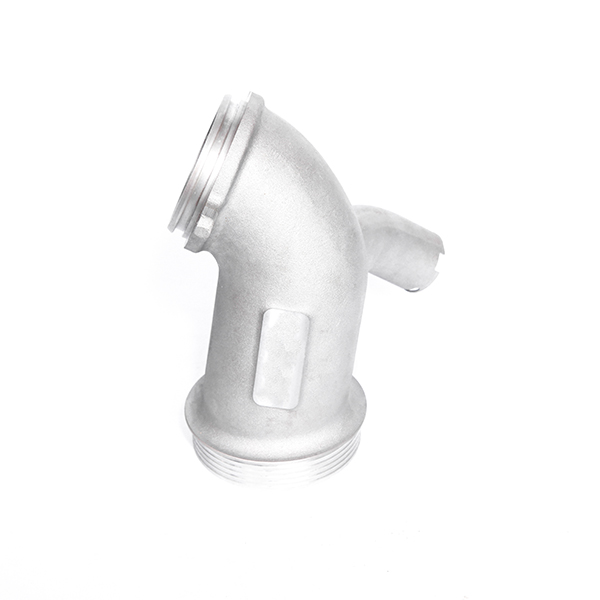Mobile:+86-311-808-126-83
Email:info@ydcastings.com
Exploring the Benefits of Investment Casting for High-Performance Impeller Manufacturing in Modern Industries
Investment Casting of Impellers A Key Process in Modern Manufacturing
Investment casting, also known as lost-wax casting, is a sophisticated manufacturing process widely used for creating complex shapes and intricate designs in various industries. Among the many applications of investment casting, the production of impellers stands out as a critical component in pumps, turbines, and various machinery relying on fluid dynamics. This article explores the process of investment casting specifically for impellers, highlighting its advantages, challenges, and applications.
Understanding Impellers
Impellers are mechanical components that play a crucial role in moving fluids. They convert rotational energy into fluid flow, making them essential in pumps, compressors, and turbines. The efficiency and performance of these machines heavily depend on the design and material properties of the impellers. As such, precision engineering and manufacturing techniques are required to produce high-quality impellers that meet stringent specifications.
Investment Casting Process
The investment casting process begins with creating a wax model of the impeller. This model is produced using precision machining or 3D printing. Once the model is complete, it is coated with a ceramic shell, which is then heated to harden the shell and melt away the wax. The result is a hollow shell that captures the exact shape of the impeller.
Next, molten metal, typically aluminum, bronze, stainless steel, or other alloys, is poured into the shell. This process allows for the creation of highly detailed and complex geometries that are often impossible to produce using traditional casting techniques. After the metal cools and solidifies, the ceramic shell is broken away to reveal the cast impeller.
Advantages of Investment Casting for Impellers
Investment casting offers numerous benefits for the production of impellers
impeller investment casting

2. Material Versatility Various metals and alloys can be utilized in investment casting, enabling manufacturers to choose materials that best suit their specific applications.
3. Reduced Waste Investment casting is a near-net-shape process, meaning less material is wasted during production compared to traditional casting methods.
4. High-Quality Finish The casting process produces components with smooth finishes, reducing or eliminating the need for extensive machining and secondary operations.
5. Scalability This method is highly scalable for both small and large production runs, making it ideal for industries with varying demand.
Challenges in Investment Casting
Despite its advantages, investment casting for impellers does present some challenges. The initial costs of creating molds and patterns can be high, especially for low-volume production. Additionally, the process requires skilled labor and advanced technology to ensure quality control during production. Ensuring that each cast component meets stringent quality standards is crucial, particularly in industries such as aerospace and energy, where failures can have catastrophic consequences.
Applications of Investment-Cast Impellers
Investment-cast impellers are used in a wide array of applications, from automotive to aerospace and marine industries. They play a pivotal role in the efficiency of turbochargers in engines, water pumps for heating systems, and even in propulsion systems for ships and submarines. The lightweight yet durable nature of investment-cast impellers makes them an ideal choice for applications demanding high performance and reliability.
Conclusion
Investment casting has revolutionized the way impellers are manufactured, allowing for unparalleled precision and efficiency in fluid management systems. As industries continue to evolve and demand higher performance components, the investment casting process will undoubtedly remain a cornerstone in the production of complex and high-quality impellers. With advancements in technology and materials, the future of investment casting looks promising, ensuring that it will meet the challenges of tomorrow's engineering requirements.
-
Why Should You Invest in Superior Pump Castings for Your Equipment?NewsJun.09,2025
-
Unlock Performance Potential with Stainless Impellers and Aluminum End CapsNewsJun.09,2025
-
Revolutionize Your Machinery with Superior Cast Iron and Aluminum ComponentsNewsJun.09,2025
-
Revolutionize Fluid Dynamics with Premium Pump ComponentsNewsJun.09,2025
-
Optimizing Industrial Systems with Essential Valve ComponentsNewsJun.09,2025
-
Elevate Grid Efficiency with High-Precision Power CastingsNewsJun.09,2025











